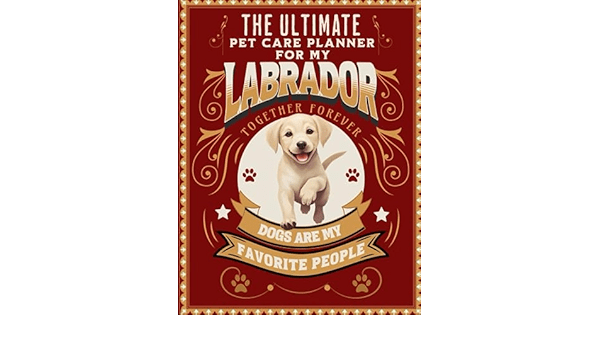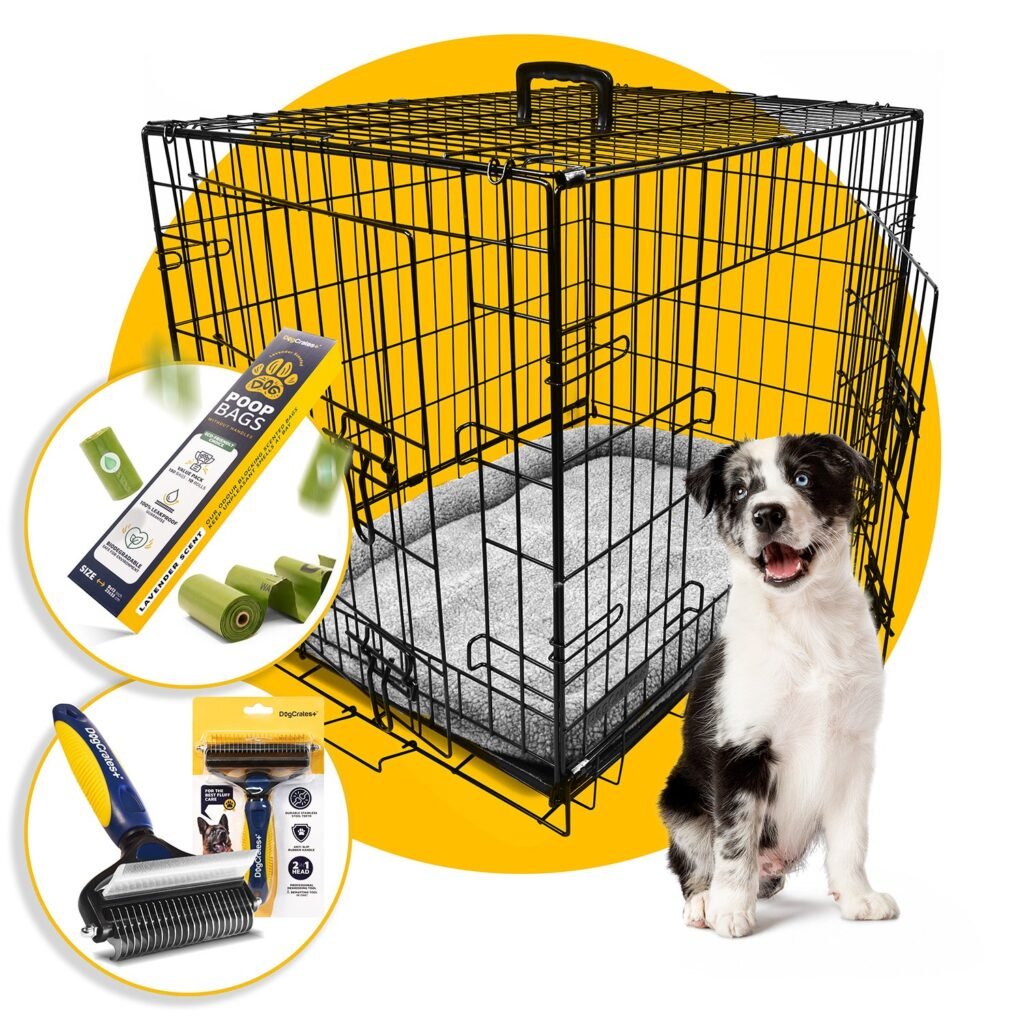Have you ever found yourself standing in the pet food aisle, staring at the endless rows of colorful bags and cans, feeling utterly confused? Trust me, you’re not alone. Selecting the right food for our furry friends can be as perplexing as choosing the right diet for ourselves. We want to keep them healthy and happy, but deciphering pet food labels sometimes seems like cracking a complex code. This journey to get it right is not just about feeding them—it’s about ensuring their overall well-being and longevity.

This image is property of www.petsy.online.
Understanding the Importance of Healthy Pet Food
When it comes to our pets, food is fundamental. Just like us, a balanced diet is crucial for their health. But what does “balanced” mean for them? Good nutrition supports everything: from giving them a shiny coat and strong bones to maintaining a robust immune system. In this case, feeding our pets is about quality, not just quantity.
What is Considered Healthy Pet Food?
Healthy pet food, when you get down to it, is designed to meet the unique dietary needs of pets—whether they’re carnivorous cats or omnivorous dogs. It’s about incorporating the right ingredients in the right proportions. Generally speaking, a healthy meal for pets includes proteins, carbohydrates, fats, vitamins, and minerals.
But it doesn’t stop there. The quality of these ingredients is just as important. Whole, recognizable ingredients without by-products and fillers are often considered the gold standard, but let’s dig a little deeper into why these choices matter.
The Role of Proteins, Carbs, and Fats
You know how the big three Macros—proteins, carbohydrates, and fats—are essential for humans? Well, it’s pretty much the same for our pets, though their needs vary based on species, breed, age, and health status.
Proteins: The Building Blocks
Proteins are essential for tissue repair and growth. They provide essential amino acids that our pets cannot produce on their own. Whether it’s chicken, fish, or venison, the source of protein can make a big difference. Selecting a pet food with high-quality protein helps ensure that your pet gets the necessary nutrients to thrive.
Carbohydrates: Energy Source
Carbs aren’t the villains they sometimes appear to be in our diets. For pets, carbohydrates serve as a primary energy source. They provide fuel for all that running, jumping, and playing your pets do every day. Whole grains and vegetables are excellent sources of carbs and dietary fiber, which aid in digestion.
Fats: For a Shiny Coat and Healthy Brain
Fats are another critical component—and we’re talking about the good kind, like Omega-3 and Omega-6 fatty acids. They ensure a healthy skin and coat. Most pet foods include fats sourced from fish oil or flaxseed. Fats are essential for brain health and overall development, especially in puppies and kittens.
Vitamins and Minerals: The Essentials
Now, I won’t make this sound like a chemistry class—even if it does bring out that inner science nerd in me. But vitamins and minerals are like the backstage crew at a theater production: unnoticed when things are going well but immediate front-page news when absent. Calcium, phosphorus, and other minerals play significant roles in bone development, while vitamins like A, D, E, and B-complex ensure those bones and bodily systems function correctly. It’s a balancing act that’s all about support, protection, and enhancement.
Reading Pet Food Labels
Navigating a pet food label can sometimes feel like reading hieroglyphics: mysterious and slightly daunting. But once you know what to look for, it becomes a lot more straightforward.
The Ingredient List
Start with the ingredient list—it’s more than just a bunch of words. Ingredients are listed in order of weight, so the first few items are crucial indicators of the food’s quality. A named source of protein like “chicken” or “beef” often signifies a quality product over generic entries like “meat meal.”
Understanding Additives
Additives can be a tough nut to crack. Are they good or bad? Some are essential, like preservatives and colorings that extend shelf life and make the meal appealing, while others—you guessed it—are fillers with little to no nutritional benefit.
Guaranteed Analysis
This section of the packaging shouts out percentages—not Algebra-level, but important to note nonetheless. It shows the minimum amounts of crude protein and fat, along with the maximum moisture and fiber. This helps in assessing whether a food could contribute to your pet’s nutritional needs.

This image is property of Amazon.com.
Grain-Free Diets: Fad or Fact?
Now, let’s address the elephant in the room, the intriguingly trending grain-free diets. Is it a revolution or just another passing fad? Grain-free simply swaps traditional grains with alternatives like sweet potatoes or peas. Some swear by its benefits, claiming shinier coats and less digestive upset, but I’d argue that it largely depends on your pet’s individual needs.
When to Consider Grain-Free Options
If your pet shows symptoms of grain intolerances such as allergies, it might be worth considering. This could be itching, frequent ear infections, or digestive disorders. But remember, before overhauling your pet’s diet, consulting with a vet is akin to getting a second opinion on a questionable outfit choice—often wise.
Common Myths About Pet Food
Navigating the world of pet nutrition also means busting a few myths here and there. It’s easy to get swept up by assumptions, but let’s untangle a few of these.
Myth 1: Homemade is Always Better
With the upward swing of natural lifestyles, the idea of preparing pet food at home gains allure. But while making homemade pet food ensures control over ingredients, keeping it balanced and nutritionally adequate is a tricky business. Without proper formulation, your furry friend might miss out on key nutrients.
Myth 2: All By-products are Bad
The word “by-product” often gets a bad rap, but it’s not always deserved. By-products can include nutritious organ meats, and as gross as that sounds, to a pet, it’s akin to filet mignon. So perhaps don’t dismiss them instantly.
Myth 3: Dry Food is Inherently Better
Many cling to the notion that dry food is inherently superior due to its dental benefits. While its crunchy texture can aid in plaque reduction, it’s not enough to solely rely on it for dental health. It all boils down to a combination of texture, ingredients, and your pet’s preferences.

This image is property of www.thesprucepets.com.
Choosing the Right Pet Food for Your Pet
With all this information, we reach the million-dollar question—how do you choose the right one? The thought process feels like picking the perfect movie for a movie night—where what you like matters, but so do the critics’ reviews.
Consider Age and Size
Age plays a crucial role. Puppies and kittens need a different nutritional balance than adults or senior pets. Large breeds of dogs have distinct needs compared to small breeds. Always consider these factors when purchasing food.
Special Dietary Needs
Does your pet have special dietary requirements? Whether due to allergies, medical conditions, or weight problems, sometimes a carefully chosen formula can address these issues. Again, consultation with a veterinarian is highly beneficial.
Follow the Pet’s Preferences
Pet food is much like a TV show—no matter how critically acclaimed it may be, chemistry is key. If your pet turns their nose up—treat it as a failed episode and switch to something that excites their interest and taste buds.
The Importance of Regular Monitoring
Being in tune with your pet’s health is a practice that requires ongoing commitment. Regular vet check-ups and weight monitoring are crucial. Just like we can gain weight or face health issues from an unbalanced diet, the same goes for our pets. A balanced diet is integral to their lives, and that means sticking to their formulation.
Growth and Weight Monitoring
Fluctuations in weight could indicate that something’s not quite right. For example, sudden weight loss might mean they’re not getting enough nutrition, while unexpected weight gain could indicate overnutrition.
Behavioral Changes
Keep an eye, too, on behavioral changes. A change in activity levels, coat condition, and stool consistency can offer clues about their health. Just like how I stay away from rehearsal dinner speeches when a gastro episode occurs, subtle shifts might mean a dietary change is needed.

This image is property of Amazon.com.
Conclusion
At the end of the day, healthy pet food plays a vital role in your pet’s life. It might take a little experimentation—and reliance on some expert guidance—to find the perfect match. Don’t shy away from taking time for research; it’s a gesture of love to ensure your companion stays happy, healthy, and possibly less annoyed during those vet trips. By understanding their nutritional needs, reading labels, and making informed decisions, you’re taking significant steps toward promoting a lifelong connection with your pet that’s enriched by good health and vitality. Remember, our pets depend on us, and providing them with quality food is one of the best ways to show we care.





